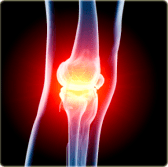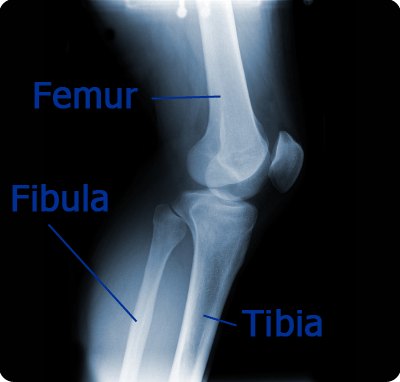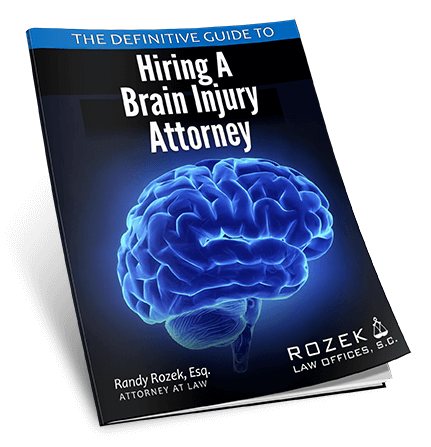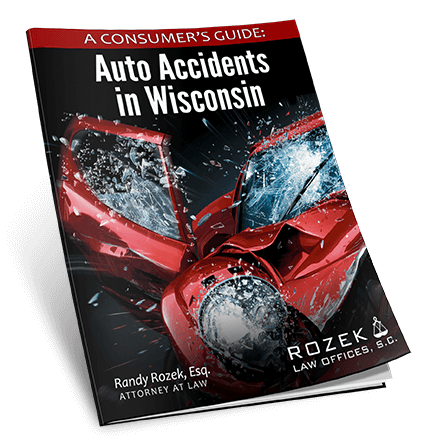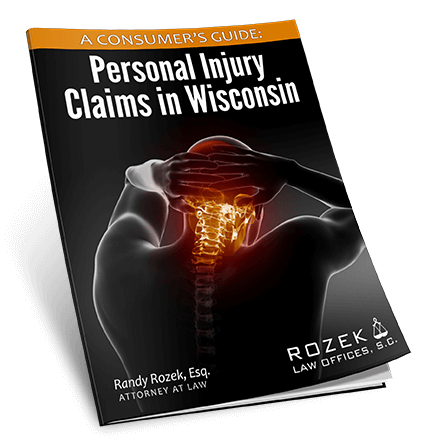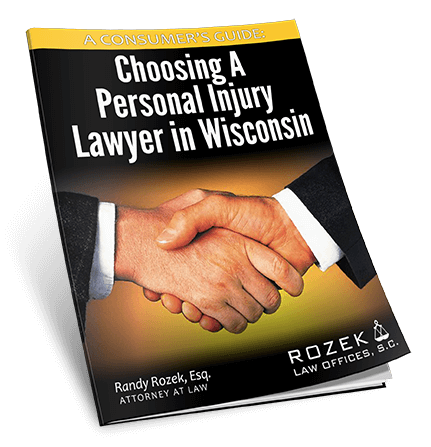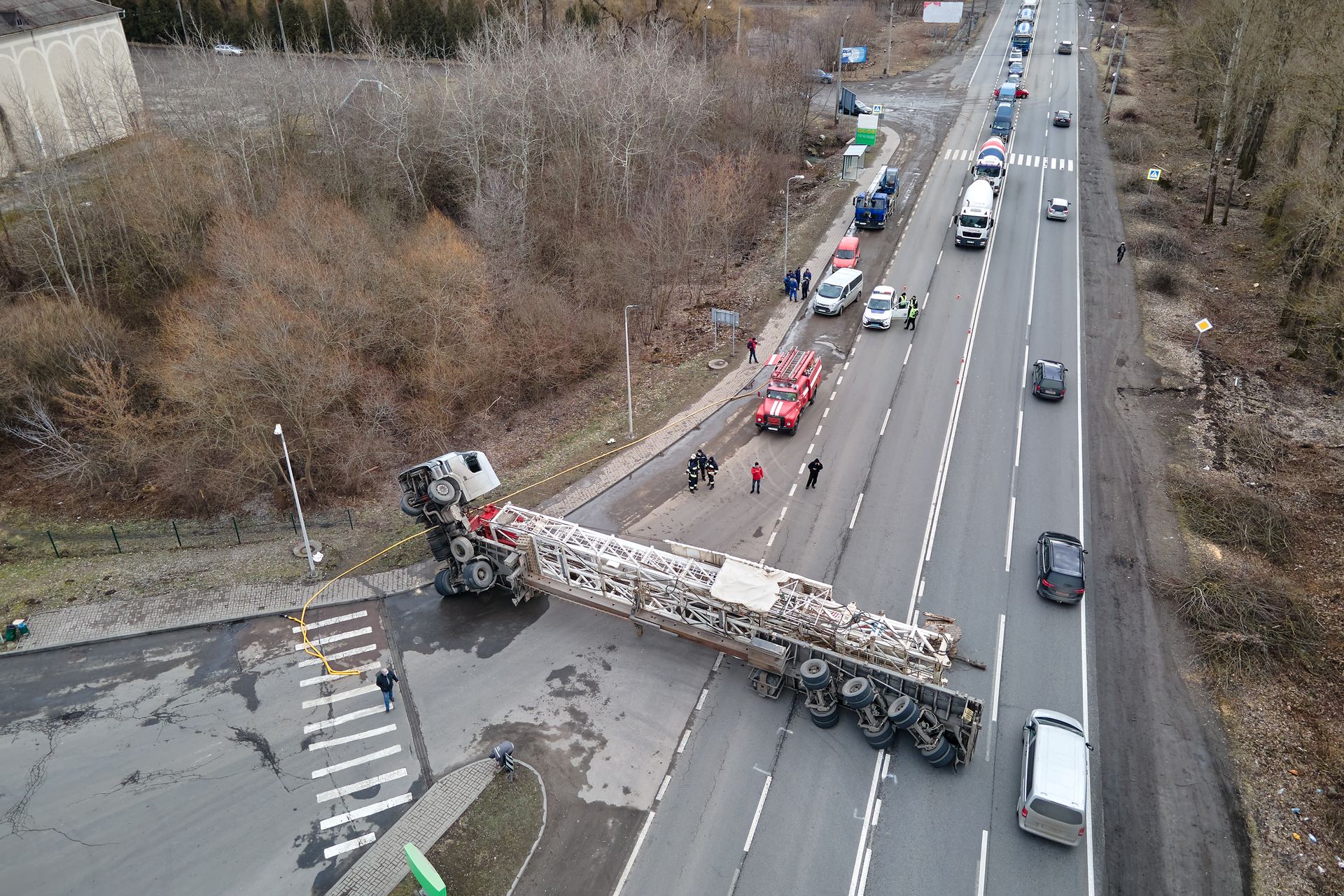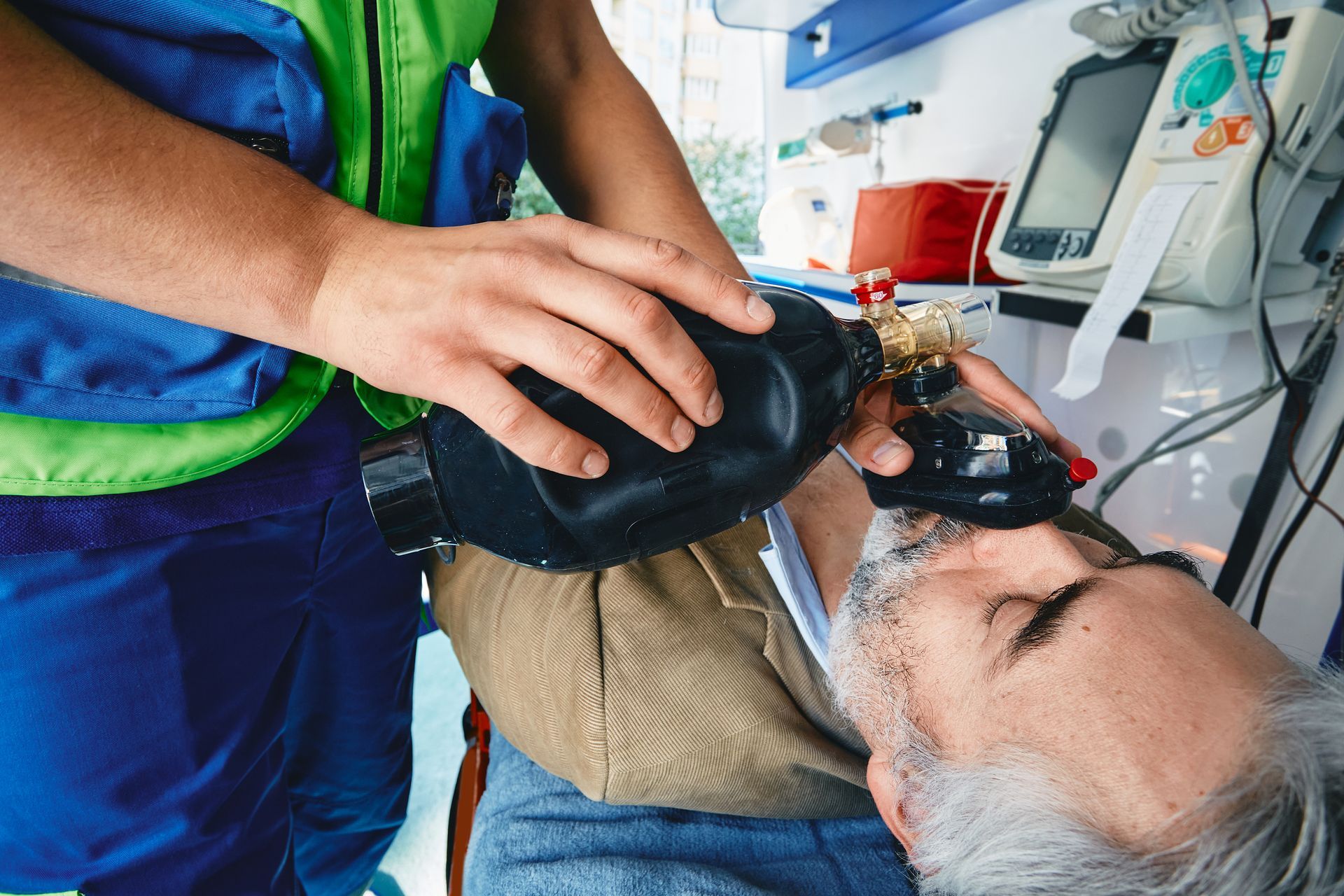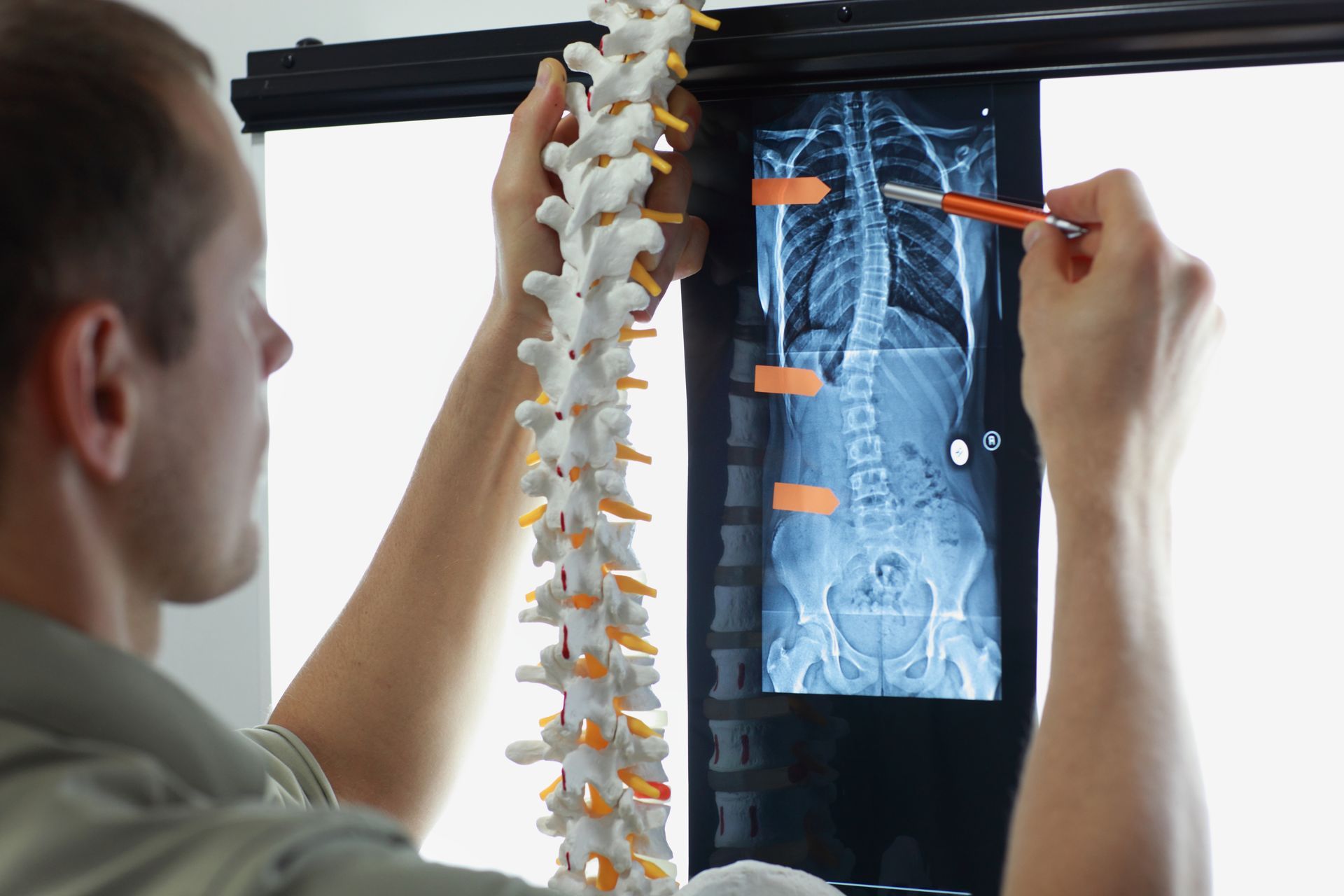Leg Injury Attorney in Milwaukee, Wisconsin – The leg is critical to an individuals mobility. Leg Injuries can have a substantial impact on a persons ability to get around and a persons ability to enjoy life.
Many different parts of the Leg are susceptible to injury from trauma:
- Leg Bone Fracture or Broken Leg
- Leg Joint Injury
- Leg Ligament Injury
- Leg Tendon Injury
- Leg Muscle Injury



